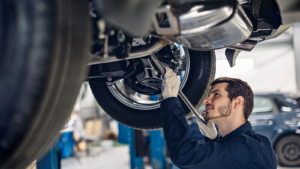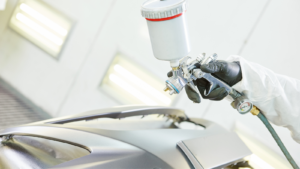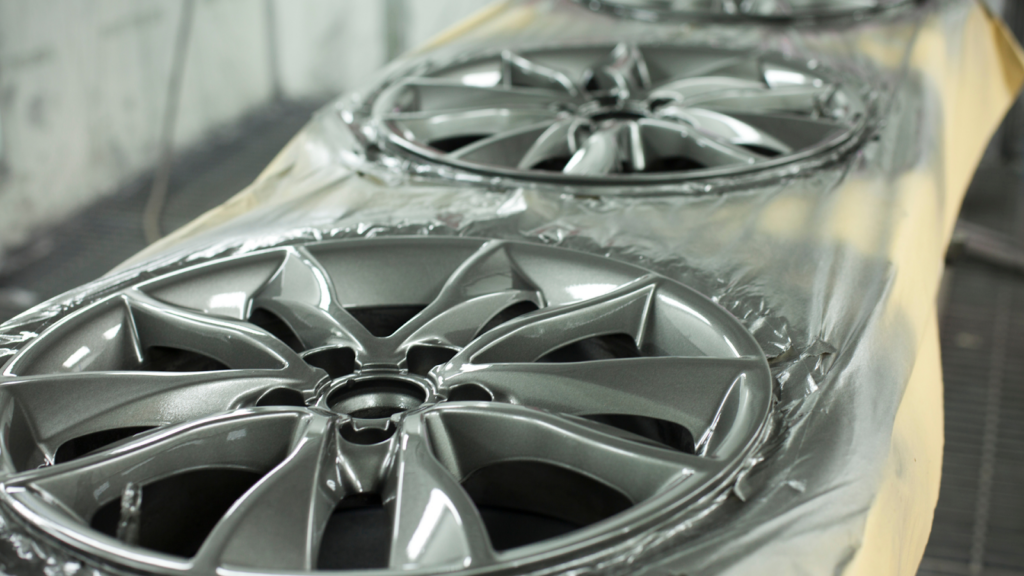
There’s something uniquely satisfying about breathing new life into an old car. It’s the magic of car refurbishing, a process that’s as much an art as it is a science.
It’s not just about slapping on a new coat of paint or changing the tires. It’s about appreciating the intricate details that make a car, well, a car.
Car Refurbishing
The Basics of Refurbishing a Vehicle
Engaging in car refurbishing involves a meticulous process. One begins by assessing all the components of the vehicle, from the engine to the upholstery. Issues found need swift corrections. It’s critical, for example, to have the structural integrity inspected and any rust patches or cracks rectified immediately. For the vehicle’s performance to be optimal, all the mechanical parts, such as engines, transmissions, and braking systems, get checked and repaired or replaced as necessary.
The Refurbishing Process Explained

In the world of car refurbishing, understanding the sequence of actions is vital. This starts with evaluation and planning, followed by disassembly and cleaning, repairing and replacing of parts and finally applying the paint and finishing touches.
Evaluation and Planning
Before a refurbishing venture starts, proper evaluation and planning are crucial. The mechanic makes a thorough inspection of the vehicle to identify the parts that require repair or replacement.
Disassembly and Cleaning
Once the planning is complete, the car undergoes a systematic disassembly process. Mechanics remove and separate key components like the engine, body parts, and the electrical system.
Repairing and Replacing Parts
The repairing and replacing phase is an intricate part of the car refurbishing process. During this phase, mechanics replace defective parts and repair those that have minimal damage.
Painting and Finishing Touches
In the final phase of car refurbishing, the vehicle receives a new paint job and final touches. The quality of the paint job can profoundly affect the visual appeal of the vehicle. Mechanics take great care to ensure a smooth, even application for a glossy finish.
Benefits of Car Refurbishing

Keeping the car refurbishing process in perspective, its benefits complement the efforts involved enabling owners to get the most out of their vehicles. Advantages encompass extended car life, enhanced aesthetics and performance, and augmented resale value.
Extending Vehicle Life
Car refurbishment plays a pivotal role in prolonging the life of the vehicle, achieving longevity that paralleled the brilliance of a new car. Through refurbishing, the professionals identify areas of wear and tear, rust, or damage, and proactively address these issues.
Improving Appearance and Performance
Revamping the aesthetics and boosting the performance are inherent to the refurbishing process. Not merely does it bridge the gap between old and new, it often surpasses the initial aesthetics, given the advancement in technology and materials available now.
Increasing Resale Value
Car refurbishment can be instrumental in optimizing the resale value of any vehicle. With refurbished cars standing somewhere between used and new, they attract prospective buyers willing to pay a premium for a vehicle in exceptional condition.
DIY Car Refurbishing Tips

Delving into the world of DIY car refurbishing requires certain tools and initiation into simpler projects. Keeping the prerequisites of expertise, sourcing components, balancing costs, and technical problem-solving in mind, let’s explore essentials for an enthusiastic DIYer.
Essential Tools and Equipment
Embarking on a car refurbishing journey necessitates a plethora of tools and equipment. Tools such as wrenches, hoists, and power drills make dismantling your vehicle manageable.
Simple Projects to Start With
For beginners, simpler tasks act as stepping stones in gaining refurbishing prowess. An initial project could be simple interior maintenance – dusting, vacuuming, and upholstery cleaning serve as excellent introductions to car care.
Must Know
Car refurbishing isn’t just about giving your ride a fresh look. It’s a meticulous process that demands careful planning, the right tools, and a willingness to learn. Whether you’re a professional or a DIY enthusiast, it’s about balancing costs with quality and solving technical challenges. From simple interior maintenance to complex engine overhauls, each task is a step forward on this journey.
